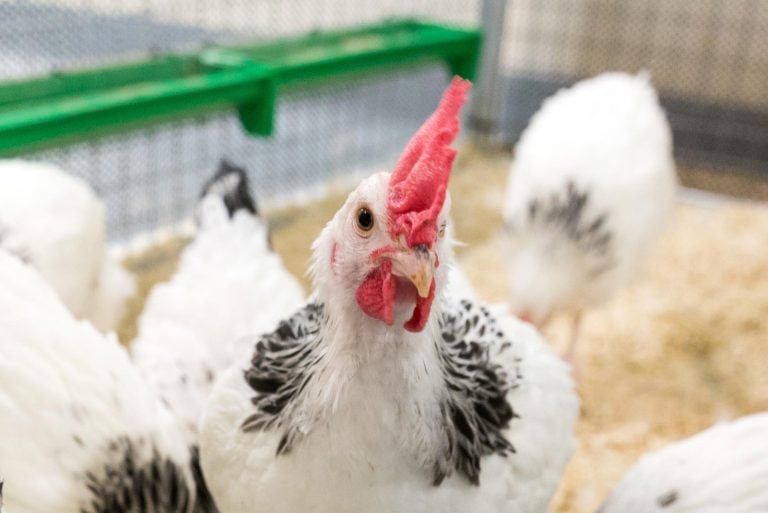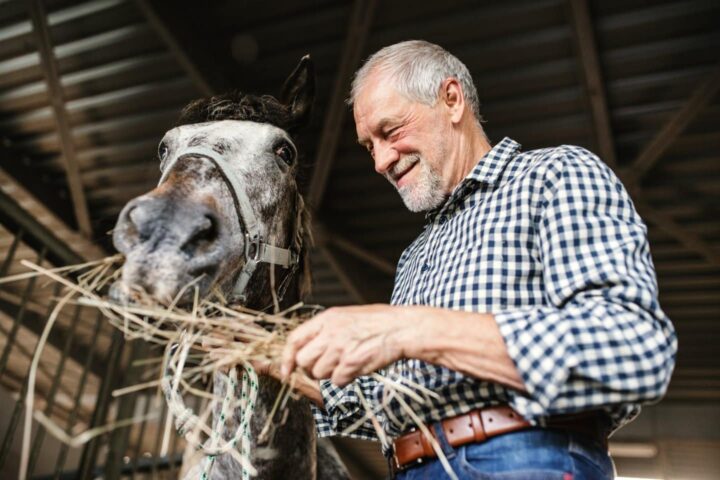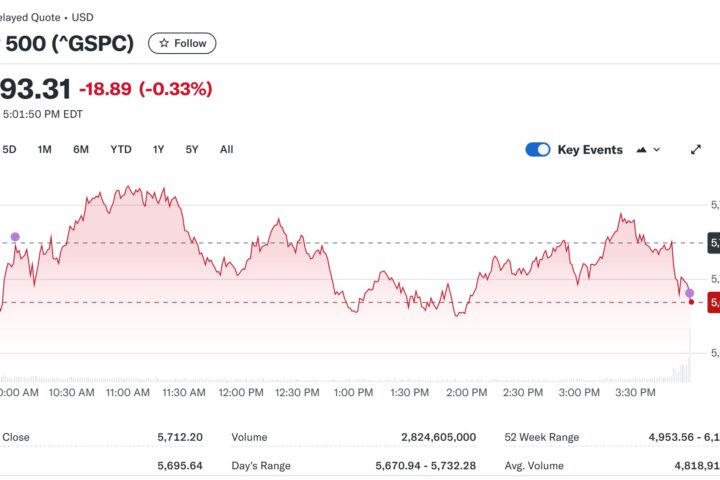A disturbing study by The Pirbright Institute reveals that global efforts to control bird flu are failing, with evidence of sustained mammal-to-mammal transmission, potentially putting humans at risk.
Key Findings:
- Current control strategies inadequate to prevent spread.
- Sustained transmission between mammals detected.
- Evolutionary pathways to human pandemic virus identified.
- Gaps in control mechanisms and surveillance.
Expert Insights:
“Influenza A viruses have caused more documented global pandemics… New evolutionary pathways have opened.” – Dr. Thomas Peacock
Control Challenges:
- Reluctance to adopt modern vaccine and surveillance technologies.
- Insufficient data collection on transmission between cows and humans.
- Limited testing criteria.
Silent Spread and Evolutionary Mechanisms:
- Genomic reassortment drives global panzootic outbreak.
- Unseen chains of transmission may spread undetected.
Turning Point for HPAI in the West:
- H5N1 becoming continually present in Europe and Americas.
- Need for new control strategies, including vaccination.
Assessing Pandemic Impact:
- Severity of potential H5N1 pandemic unclear.
- Older people may have partial immunity.
- Younger people born since 1968 H3N2 pandemic may be more vulnerable.
Call to Action:
- Urgent review of global control strategies.
- Adoption of modern vaccine and surveillance technologies.
- Enhanced data collection and testing.
Stay informed about the latest developments in infectious diseases and public health. Subscribe to our newsletter.
Share your thoughts: What can be done to prevent the silent spread of bird flu to humans?

















